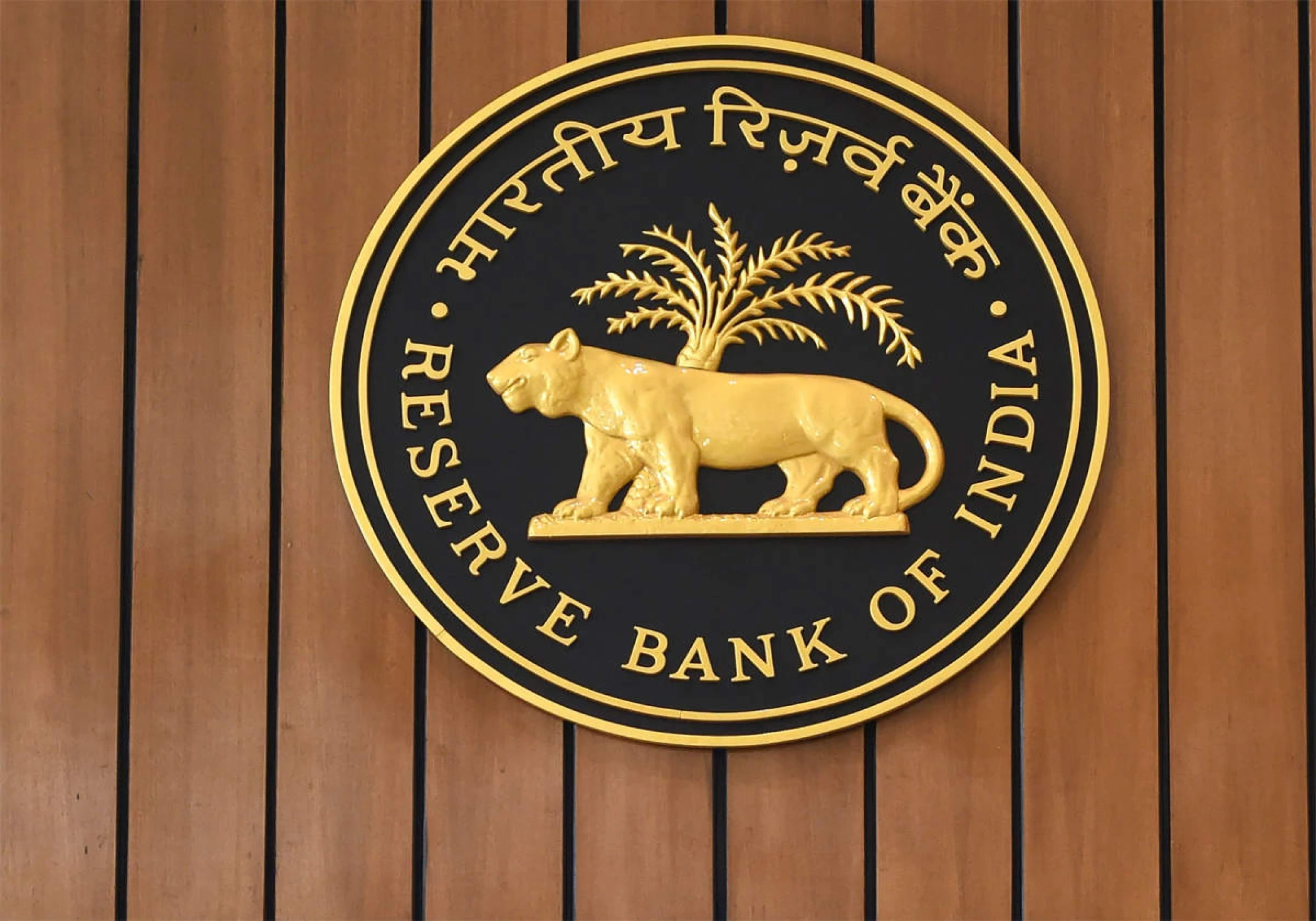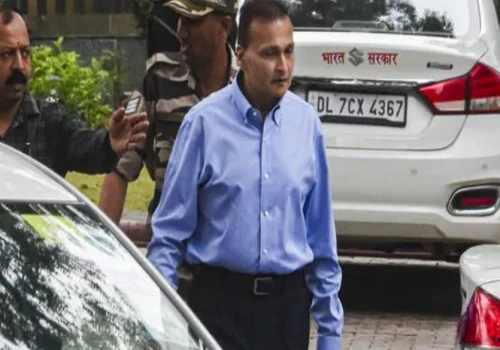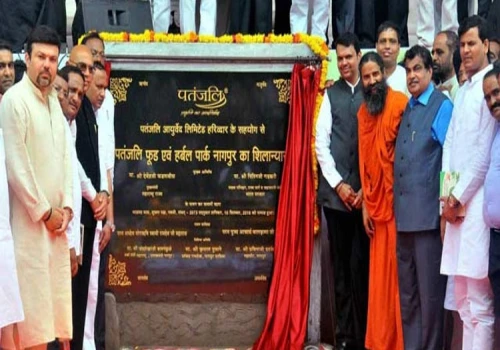
For decades, India's infrastructure development has been plagued by a chronic illness: delays. From crucial highways to essential power plants, projects routinely crawl past their deadlines, causing economic bottlenecks and frustration for citizens. But the Reserve Bank of India (RBI) might have just prescribed a strong dose of medicine to address this persistent issue.
The RBI, India's central bank, recently released draft guidelines for provisioning on project financing. This essentially means that banks and other lenders will be required to set aside additional funds as a buffer if infrastructure projects experience delays. This seemingly technical change has the potential to be a game-changer for infrastructure development in the country.
The Incentive to Finish on Time
So, how exactly will this work? Under the proposed regulations, lenders will be forced to allocate 5% extra from their pockets for projects facing delays. This buffer acts as a financial disincentive for both lenders and borrowers to let projects drag on.
"Now that will actually force the government to make sure that before a financial closure is achieved, the respective extraneous approvals that are required, are actually gone," explains Abizer Diwanji, Partner & National Leader Financial Services at EY-India.
The new rules emphasize upfront planning. Before a loan is even sanctioned, the borrower (typically government agencies) will need to secure all necessary clearances – land acquisition, environmental approvals, and the like. This addresses a critical bottleneck that often contributes to delays. For instance, in public-private partnership (PPP) projects, loan approvals can now proceed even if only half the land required is secured.
Transparency and Accountability
The RBI's draft goes beyond just financial penalties. It mandates clear timelines. The loan document for every project must explicitly state the desired date for commercial operation. This injects much-needed transparency into the process and holds all stakeholders accountable for adherence to the schedule.
But the story doesn't end there. The RBI is also putting a lid on the practice of extending repayment deadlines (moratoriums) for delayed projects. Any such moratorium can't extend beyond six months after the initial deadline, a stark contrast to the free-flowing extensions witnessed in the past.
Flexibility and Long-Term Vision
The new regulations aren't all about a rigid stick. The RBI acknowledges the possibility of unforeseen circumstances. Banks are allowed to provide additional loans (up to 10% of the original estimate) to cover legitimate cost overruns. Additionally, the requirement for the 5% provisioning buffer can be reduced or even waived entirely once the project becomes operational and demonstrates healthy cash flow.
Beyond Deadlines: Project Viability
The RBI's focus isn't solely on speeding things up. The draft guidelines also mandate annual project value assessments throughout the construction phase. This ensures that potential roadblocks like changes in projected cash flow or project lifespan are identified and addressed proactively.
The RBI's proposed regulations have been met with cautious optimism. While some experts believe it's a step in the right direction, others caution about potential unintended consequences. Only time will tell how effective these measures will be in streamlining India's infrastructure development process.
One thing is certain: the status quo of endless delays is no longer an option. The economic and social costs are simply too high. The RBI's initiative, if implemented effectively, could usher in a new era of timely infrastructure projects, paving the way for a more efficient and prosperous India.











